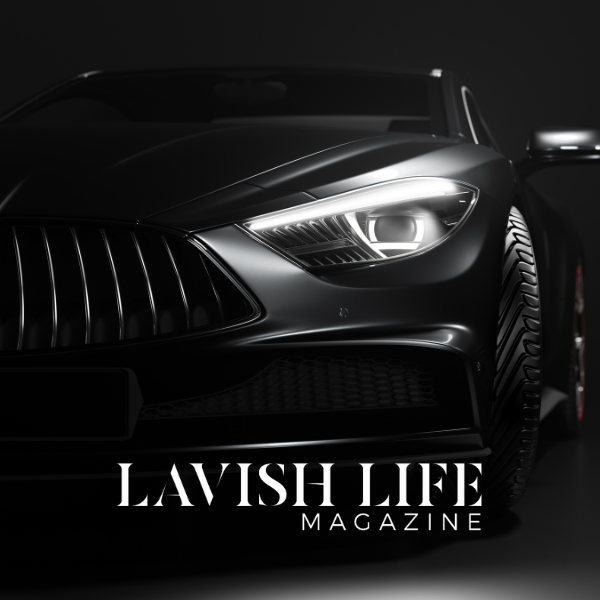Plymouth’s Barracuda Was the Apex Predator of Its Muscle-Car Era

Plymouth’s initial Barracuda, introduced in 1964, was a preemptive and mostly unsuccessful strike on Ford’s new Mustang, which soon took the market by storm as America’s most popular pony car. But that original Barracuda—essentially a warmed-over Plymouth Valiant—transformed within just a few years to become the prototypical American muscle car.
Plymouth’s two-door brute was built from 1964 to 1974, and within that decade, saw three generations. The first, with a two-year run, was essentially a fastback version of Plymouth’s uninspired Valiant. The second, made from 1967 to 1969—and still based on some Valiant underpinnings—offered serious performance, thanks to optional V-8 engines. The third and final generation, made from 1970 to 1974, was entirely different, featuring an all-new body design by Chrysler stylist John Herlitz and his team.
This 1970 Plymouth AAR ’Cuda was offered at a 2020 RM Sotheby’s auction with a high-end estimate of €150,000 (approximately $172,800).
Alexander Babic, courtesy of RM Sotheby’s
Leading the era’s design trends, the last-gen Barracuda looks more in-style today than perhaps any car of its decade. Complementing the creased, contemporary bodywork were optional High Impact Paint (HIP) colors with names like “Curious Yellow,” “Vitamin C,” “In-Violet,” and “Sassy Grass.”
Mopar fans can convincingly argue that the apex muscle-car predator was the third-generation Barracuda (especially 1970 and 1971 model years), whose aquatic namesake was known for its aggression and for using surprise tactics as well as great speed in catching its prey. Most of these later automotive Barracudas were equipped with a 340 ci small-block V-8 engine. The big ’Cudas had a 440 ci V-8, while a mere handful were powered by Chrysler’s legendary 426 ci Hemi V-8. A Hemi convertible, one of only five matching-number examples with a four-speed manual transmission, was sold by Mecum Auctions in 2023 for $3.5 million, setting a muscle-car record.

The restored interior is presented in black and includes an AM radio, power steering, and a pistol-grip shifter for the four-speed manual transmission.
Alexander Babic, courtesy of RM Sotheby’s
Both the coupe and convertible were based on Chrysler’s existing E-body, and customers could order from a variety of inline-six and V-8 engines. Identical factory-sponsored AAR (All American Racers) ’Cudas, powered by 340 ci V-8s (detuned to 305 ci for homologation), were driven by Swede Savage and Dan Gurney in the 1970 American Trans-AM Series, competing against Dodge relatives, along with Ford, Chevrolet, and American Motors.
These AAR variants are the best-balanced and most collectible of the small-block ’Cudas, with only 2,724 made. The big-block cars, equipped with 426 ci or 440 ci engines, were campaigned in America and Europe, with greatest success coming to privateer drivers on the drag strip. Ultimately, the 1973 oil crisis struck the death knell for the production of such high-performance cars in North America, and by 1974, the Barracuda finished a good 10-year run.

The example shown here is fit with a 340 ci V-8 engine—with a “six pack” of three two-barrel carburetors—making approximately 294 hp.
Alexander Babic, courtesy of RM Sotheby’s
Fifty-plus years of historical perspective sheds favorable light on Plymouth’s pony car, and it’s hard to imagine a more compelling choice for today’s collector who wants a muscle car with a wicked stance, one that is easy to maintain, and for which original and reproduction parts are plentiful. Depending on the model year, the engine, and options selected, examples can range in value from $30,000 to millions of dollars, and the good news is that with almost 114,000 made (including slant-six models), good ones are plentiful.
Our choice would be a 1970 AAR ’Cuda, valued at about $70,000 for an example in good condition to $140,000 for a concours-quality car. Big-block fans will want the 440 ci V-8, similarly valued. “Six Pak” cars equipped with three two-barrel carburetors are, aside from the rare Hemis, at the top of the Barracuda food chain. Convertibles can command double or more.

A total 2,724 examples of the 1970 Plymouth AAR ’Cuda were made.
Alexander Babic, courtesy of RM Sotheby’s
As with all collector cars, price is determined by condition, and in the American muscle-car arena, non-original drivetrains and irreversible modifications can greatly diminish value. Alternately, there are some striking Barracuda restomods whose builders have spent considerable sums to combine the best looks from the past with the highest performance of the present.
Click here for more photos of this 1970 Plymouth AAR ’Cuda.
Authors
-

Robert Ross
Automotive editorial consultant Robert Ross began his publishing career in 1989, and has worked with Robb Report from 2001 to present writing about art, design, audio and especially cars—new and old…




